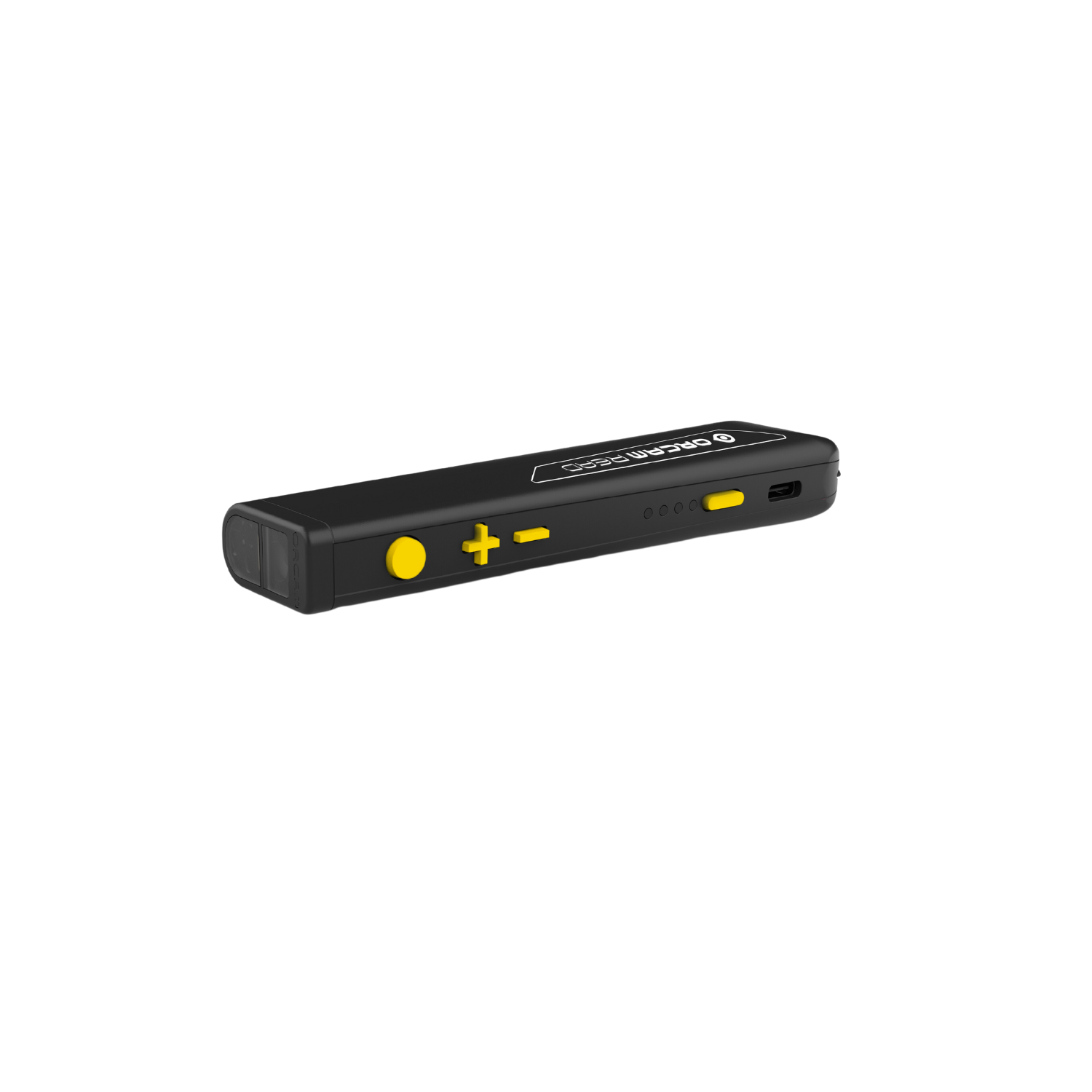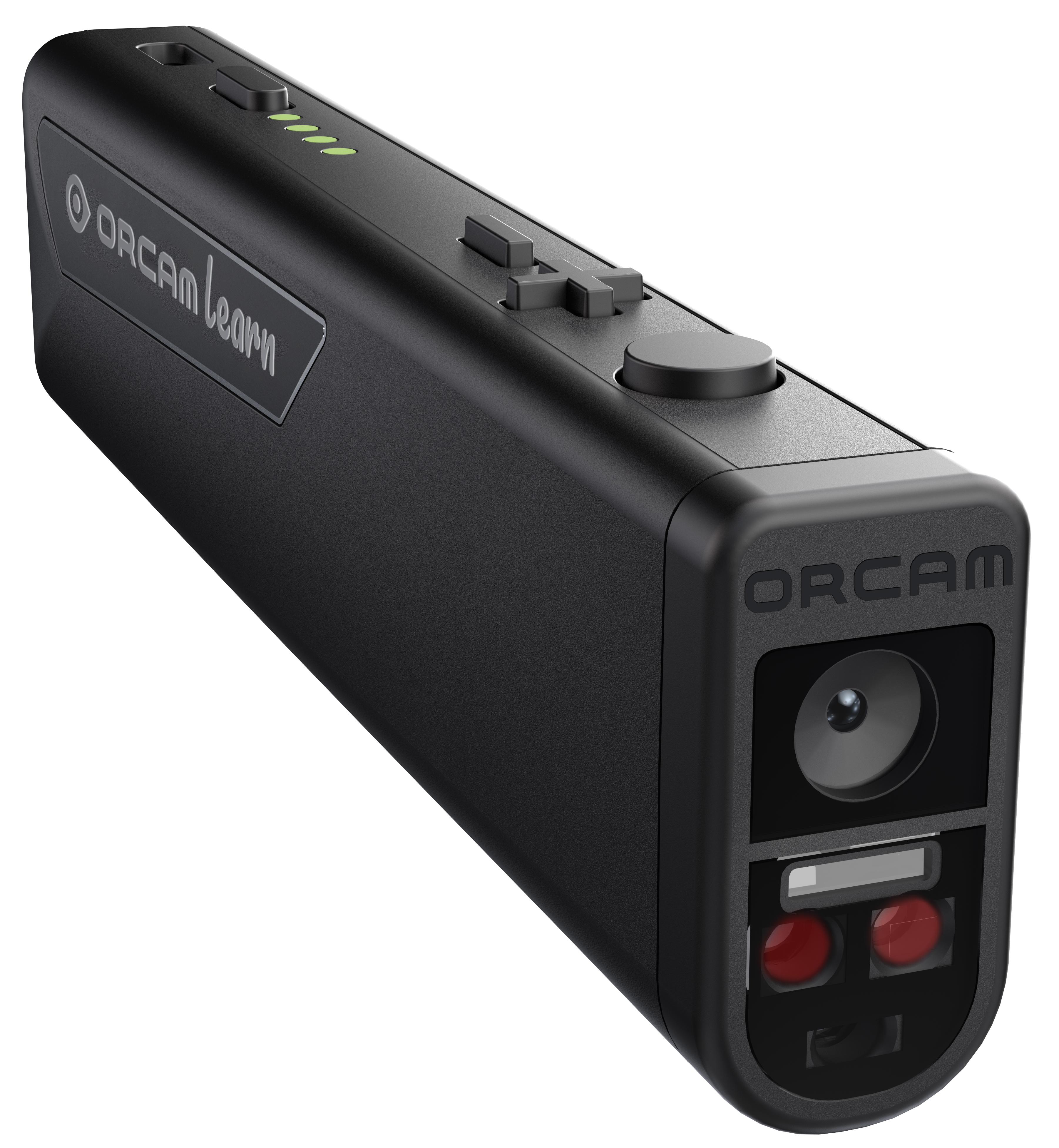Wearable Technology for Low Vision: Making Everyday Tasks Easier
Wiki Article
Empowering Self-reliance With Assistive Modern Technology for the Blind
The assimilation of assistive innovation into the lives of people with visual impairments stands for a significant innovation in promoting independence and self-sufficiency. From innovative display visitors to innovative clever walking sticks, these tools not just improve daily navigation and interaction however also encourage individuals to engage meaningfully in numerous elements of life. As we explore the myriad advantages and real-world applications of these modern technologies, it comes to be critical to check out the underlying factors that add to their performance and the possibility for future developments in this essential field.Summary of Assistive Modern Technology

The development of assistive technology is based in principles of inclusivity and empowerment. Innovations in software, equipment, and sensory enhancements supply users with options tailored to their specific demands. From screen viewers that convert message to speech, to tactile tools that convey details via touch, these tools transform the way individuals involve with their environments.
In enhancement to sensible applications, assistive technology fosters higher social incorporation and participation in different sectors, including education and learning and work (Braille displays and notetakers). As research and advancement remain to advance, the capacity for assistive modern technology to further improve the lives of aesthetically impaired people stays encouraging, leading the way for a much more fair culture where everyone can thrive
Types of Assistive Tools
A selection of assistive devices have arised to support individuals with aesthetic problems, each made to meet particular demands and boost day-to-day performance. These devices vary from low-tech services to sophisticated developments, offering diverse alternatives for customers.Low-tech devices include magnifiers and large-print materials that assist in reading and writing. Braille tools, such as Braille slates and stylus pens, enable tactile analysis and interaction. Positioning and movement aids, like white canes, aid customers browse their atmosphere safely.
On the higher end of the range, electronic magnification systems and display visitors provide considerable support. Electronic magnifiers allow individuals to enlarge message and pictures on screens, while screen viewers transform digital content into manufactured speech, facilitating accessibility to info on smartphones and computer systems.
Mobile phone applications also play an essential duty, supplying features like message recognition and navigating help. Wearable innovation, such as clever glasses outfitted with enhanced reality, is becoming a promising device to improve situational understanding.
Benefits of Assistive Modern Technology
The combination of assistive modern technology considerably improves the lifestyle for people with visual impairments. These innovations equip users by promoting freedom, enabling them to browse their environments a lot more effectively and do day-to-day tasks with better simplicity. For instance, display readers and magnification software program allow people to access digital information, promoting expert and instructional opportunities that may have formerly run out reach.Furthermore, assistive devices such as smart walking sticks and general practitioners applications supply real-time navigating aid, enhancing movement and security. This enhanced freedom not just enhances self-confidence yet additionally encourages social interaction, enabling individuals to take part more completely in their areas.
Assistive technology additionally promotes communication, assisting individuals get in touch with others through voice acknowledgment and text-to-speech applications. This capacity is essential for keeping partnerships and accessing important information.
Furthermore, the modification alternatives available with several assistive modern technologies ensure that users can tailor devices to their specific needs, even more improving usability and performance. Overall, the advantages of assistive innovation for individuals with visual disabilities are profound, advertising a much more inclusive society where every person can seek their objectives and ambitions.
Study and Success Stories
Highlighting the transformative influence of assistive innovation, countless study highlight how individuals with aesthetic impairments have actually effectively incorporated these devices right into their daily lives. One compelling instance includes an university i was reading this student that utilized display analysis software application to browse on-line resources and scholastic products efficiently. This technology not only promoted her education however likewise enhanced her self-confidence in taking part in conversations and team jobs.An additional case research study includes a specialist that uses a smartphone application created for navigating and things acknowledgment. By using this app, he has restored autonomy in both his individual and workplace, permitting him to commute individually and involve with coworkers better.
Additionally, a retiree shared her experience with braille e-readers, which enabled her to access a huge variety of literature and stay connected with her area through book clubs.
These success stories emphasize the vital duty of assistive modern technology in cultivating freedom, improving quality of life, and promoting social assimilation for people with visual problems (Braille displays and notetakers). By accepting these ingenious tools, individuals can conquer obstacles and take opportunities that contribute to their expert and individual fulfillment

Future Trends in Assistive Modern Technology
Innovation in assistive innovation is positioned to redefine the landscape of support for people with aesthetic impairments. Emerging trends stress the assimilation of fabricated knowledge (AI) and maker understanding, which enhance the functionality of gadgets that help with navigating and details ease of access. For instance, AI-driven applications are now with the ability of analyzing visual data in real-time, enabling customers to involve with their setting more individually.Furthermore, the advancement of wearable modern technology is advancing quickly. Smart glasses outfitted with increased truth (AR) can offer audio summaries of surroundings, changing how customers connect with public areas. These gadgets not only advertise autonomy Get the facts but also foster social incorporation.
Additionally, the Web of Points (IoT) is making homes smarter, enabling smooth connectivity in between everyday devices and assistive gadgets. This connectivity equips users by allowing voice-activated controls and automated reactions customized to specific demands.
Final Thought
To conclude, assistive innovation plays a crucial role in encouraging individuals with visual disabilities by improving their self-reliance and involvement with their surroundings. The varied range of applications and tools readily available not just facilitates navigation and interaction yet also promotes social assimilation and possibilities for specialist and individual development. As improvements proceed in this field, the capacity for boosting the lifestyle you could try these out for those with visual impairments will certainly broaden, fostering greater freedom and empowerment.
Report this wiki page